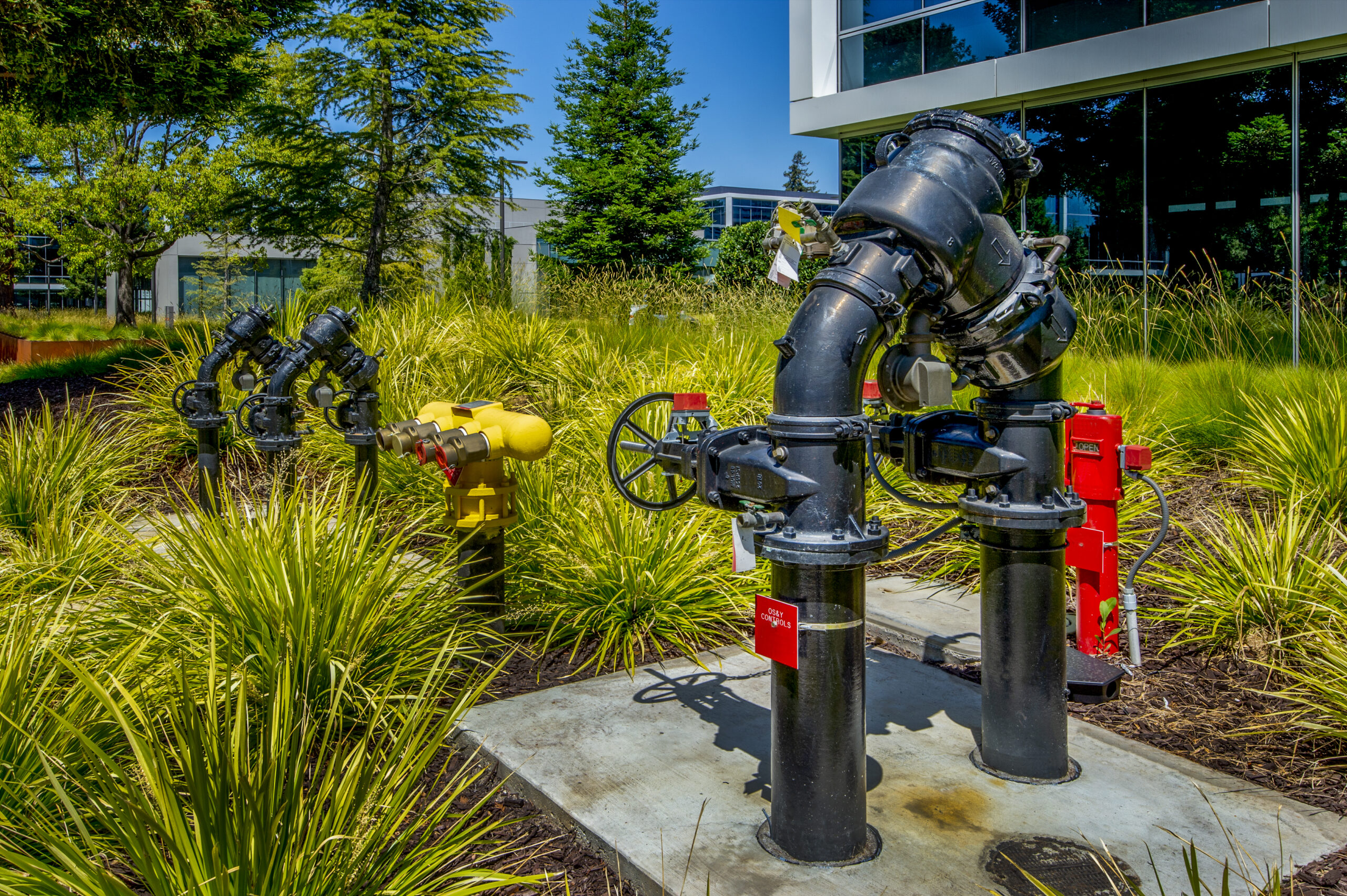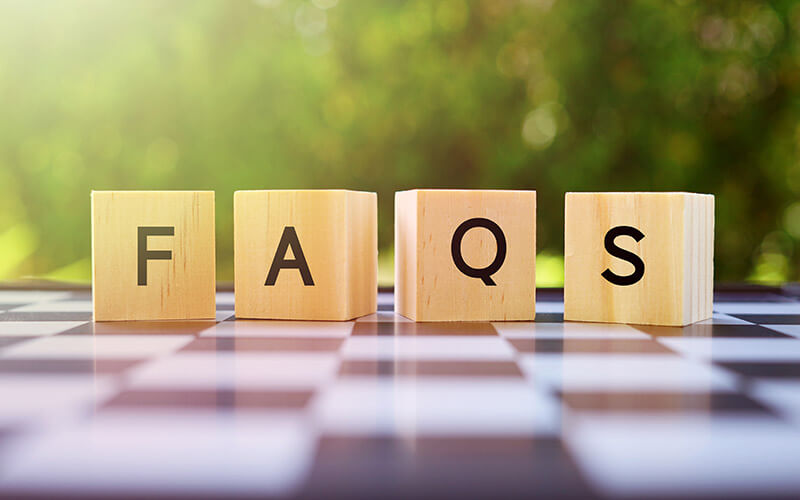Air gap – Physical vertical separation between a drinking water faucet or pipeline and the highest fill level of a receiving container.
As defined in the CCCPH, “a physical vertical separation of at least two (2) times the effective pipe diameter between the free-flowing discharge end of a potable water supply pipeline and the flood level of an open or non-pressurized receiving vessel, and in no case less than one (1) inch.”
Auxiliary water supply – Also referred to as a secondary water source, a private water source such as a well or pond that could be connected to the drinking water system.
As defined in the CCCPH, “a source of water, other than the approved water supply, that is either used or equipped, or can be equipped, to be used as a water supply and is located on the premises of, or available to, a water user.”

Backflow – Reversal of water flow into the drinking water system.
As defined in the CCCPH, “an undesired or unintended reversal of flow of water and/or other liquids, gases, or other substances into a public water system’s distribution system or approved water supply.”
Backflow prevention assembly – A device used at cross-connections to prevent backflow during backpressure and backsiphonage events.
As defined in the CCCPH, “a mechanical assembly designed and constructed to prevent backflow, such that while in-line it can be maintained and its ability to prevent backflow, as designed, can be field tested, inspected, and evaluated.”
Backpressure – When the pressure in a non-potable system, such as a boiler or chemical tank, is greater than the pressure in the drinking water system, potentially causing backflow.
Backsiphonage – When there is a sudden drop in the drinking water system pressure, such as during firefighting or a water main break, creating a vacuum or siphoning effect that causes backflow.
Contaminants – Biological and chemical hazards that could degrade water quality and cause illness.
Cross-connection – A point in the water system where non-potable water sources on your property could contact drinking water.
As defined in the CCCPH, “An interconnection between a potable water supply and a non-potable source via any actual or potential connection or structural arrangement between a PWS [public water system] and any source or distribution system containing liquid, gas, or other substances not from an approved water supply.”
Cross-connection control – Protection against backflow at cross-connections to prevent contamination of drinking water supply.
CCCPH – The Cross-Connection Control Policy Handbook is an officially adopted guide by the California State Water Resources Control Board that provides rules and technical guidance to prevent contamination of drinking water from backflow. The CCCPH replaces the previous cross-connection control regulations in California Code of Regulations Title 17 and became effective on July 1, 2024.
SWRCB – State Water Resources Control Board, or State Board, which regulates drinking water in California.
Content courtesy of California Urban Water Agencies

Cross-Connection Control
Cal Water’s Cross-Connection Control program safeguards the public water supply by requiring protective devices at certain properties to prevent contaminants from flowing back into the system.
Learn More About Cross-Connections
Cross-Connection FAQs
Find answers to common questions about cross-connections in our comprehensive FAQ section.
Frequently Asked Questions
